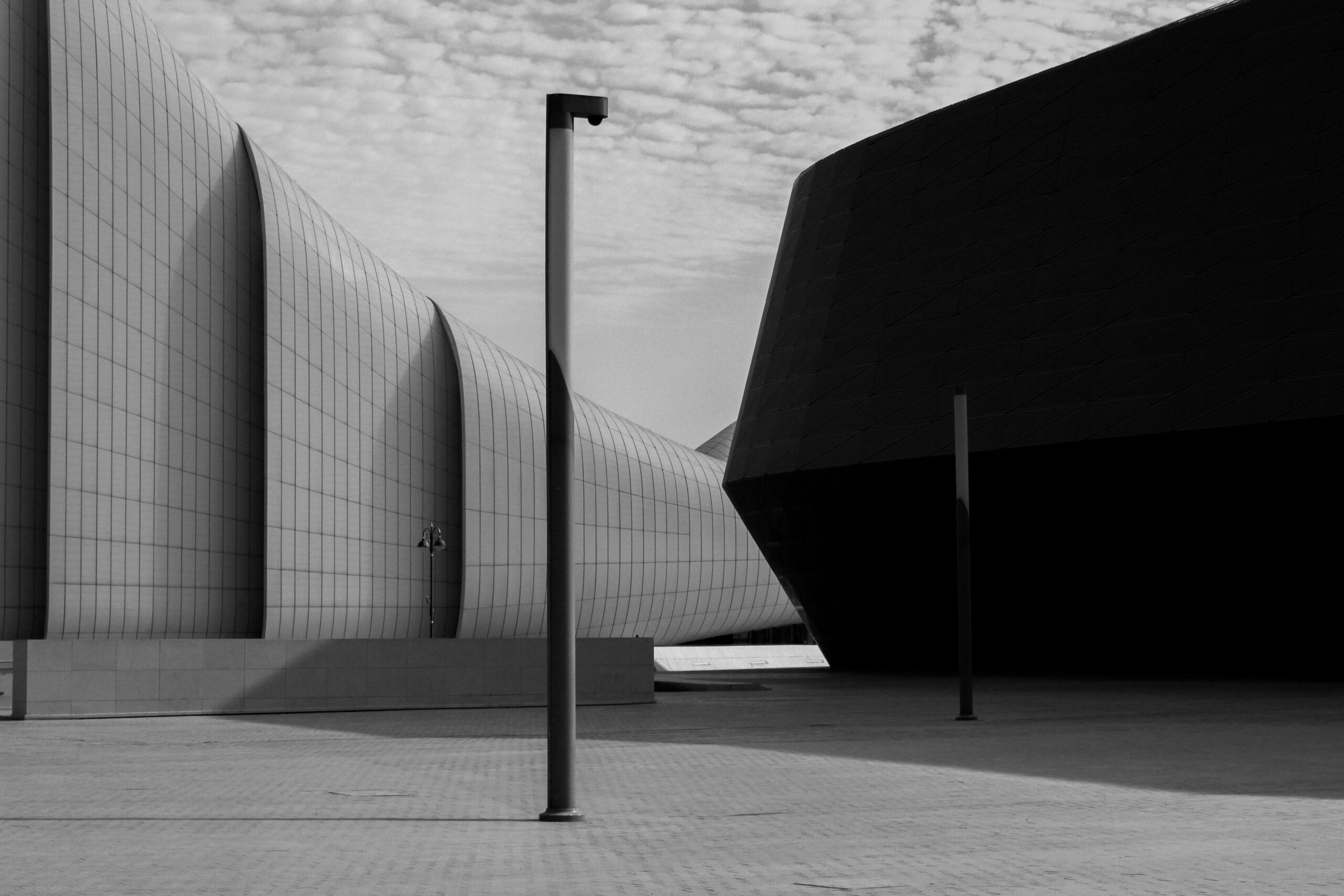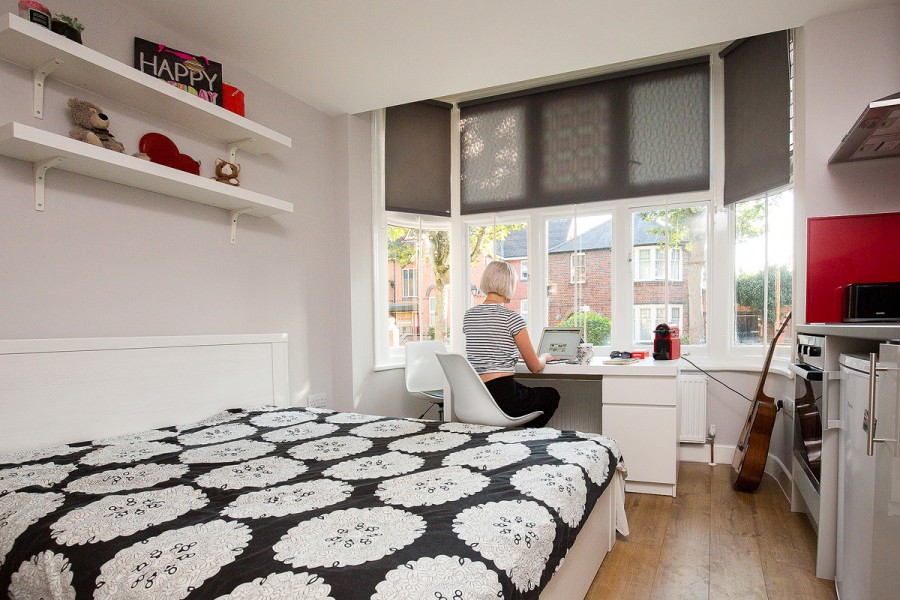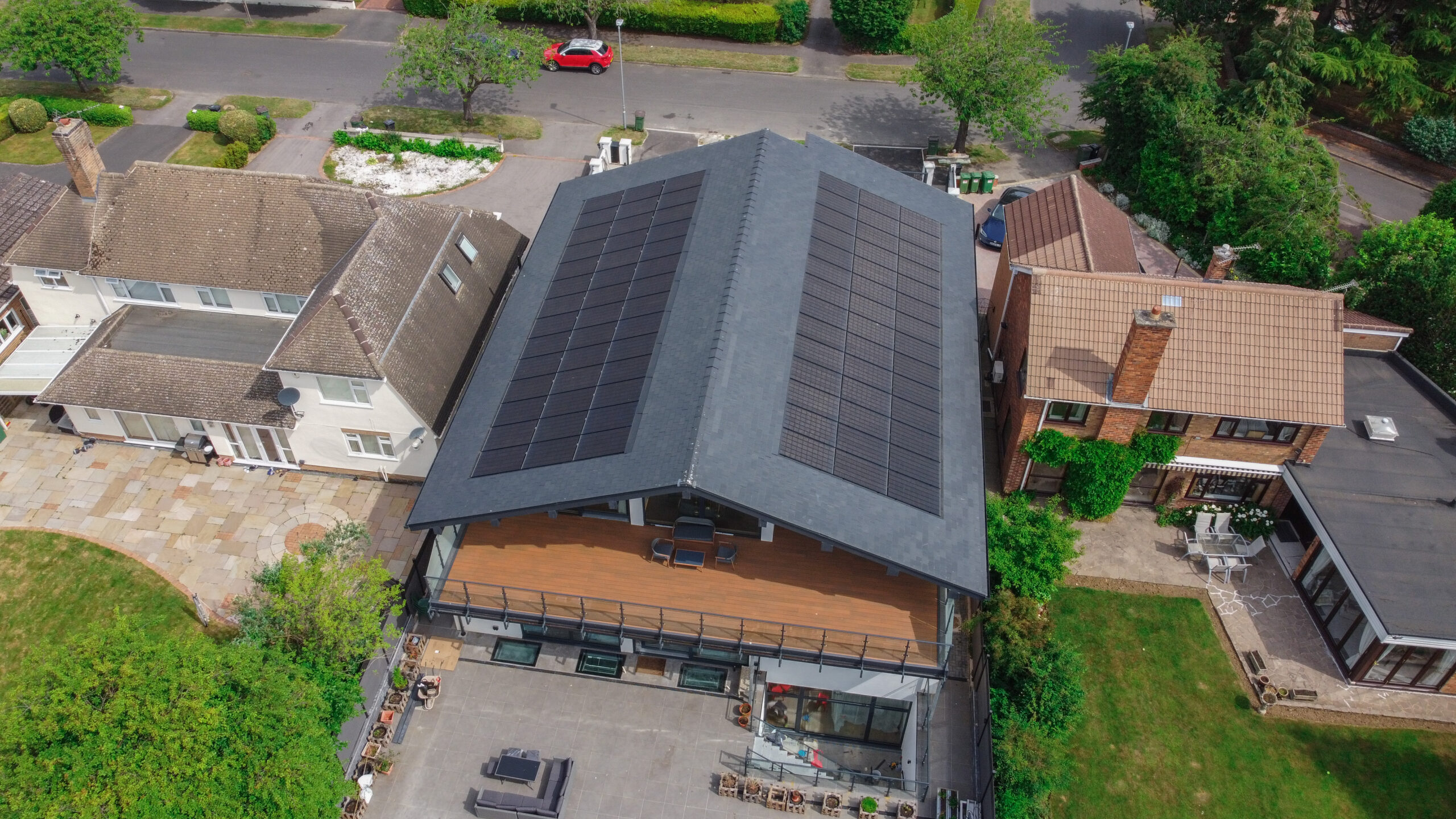Digital is changing the way our industry operates, from virtual and augmented reality to digital collaboration hubs, the future of VR in architecture is boldly going where no one has gone before!
With the global shift towards digitisation across many industries, it was only a matter of time before architecture and construction followed suit. Whilst any huge movements in culture can seem daunting, many positives can be taken from the gravitation to digital design practices.
What is Virtual Reality in Architecture and How Does it Work?
Virtual Reality (VR) in architecture is a technology that combines the physical and digital worlds to create immersive experiences that allow architects to visualise their designs in an interactive 3D environment. By using VR, architects can explore their projects from different angles, interact with objects, and even move around inside the design. It also allows them to make changes quickly and efficiently without having to rebuild the entire model.
With VR, architects can create more accurate and detailed designs for their clients while saving time and money. Additionally, it can be used as a tool for marketing or training purposes as well as for teaching architectural concepts.
A Glimpse into the Benefits and Applications of VR for Architects
One such VR tool that yields a multitude of benefits in architectural design is BIM (Building Information Modeling). BIM technology enables the creation of digital representations of physical structures. It allows for more efficient and accurate design, construction, and management of buildings and other structures.
BIM architecture involves the use of 3D models, data analysis, visualisation tools, and collaboration techniques to create a complete digital model of a building or structure. This model can then be used to identify potential problems in the design before construction begins. Additionally, BIM architecture can be used to optimise energy efficiency during the life cycle of the building or structure.
The Impact of VR on Architectural Education & Training
VR provides architectural students with a unique opportunity to explore designs in a three-dimensional virtual environment. They can visualise and interact with their creations at a scale that was previously unimaginable. This immersive technology allows students to gain a deeper understanding of spatial relationships, proportions, and design elements.
On-the-job training has also been greatly enhanced by VR applications. Professionals can now simulate real-world scenarios and test design concepts before they are implemented in physical spaces. This not only saves time but also reduces costs associated with prototyping and rework.
Moreover, VR enables collaborative learning experiences where multiple users can interact within the same virtual environment. Students and professionals alike can collaborate on projects remotely, regardless of their physical location. This fosters teamwork, creativity, and knowledge sharing among aspiring architects and those already established in the field.
Utilising VR to bring your project to life
At Design Studio Architects we have incorporated VR technology such as BIM into our design process, allowing us to visualise every conceivable detail of your project. Just some of the benefits this offers are:
- 3D architectural renderings
- 3D animations with virtual walkthroughs
- Simulations of sunlighting or material properties
- An immersive experience in 360 degrees and panoramic views
- High-quality CGI, digital sketches & watercolour rendering
Contact us today to arrange a consultation and begin creating your commercial build project.













